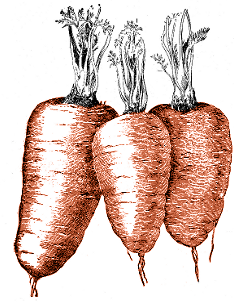New Start
Spring has come around, and the brambles are slowly being hacked back. At least once a week, if the weather has been dry enough, I have been going outside, gloves on, and cutting my way into them. There aren’t many garden jobs I will wear gloves for, but demolishing brambles is one of them.
This has to be the year I get on top of the garden and get interested in it again, because the children—now aged two and a quarter—have started to take an interest in it themselves, partly because of me going out to hack the brambles down. “Me help garden!” says The Child Who Likes Fairies each time I look as if I’m about to go out there. Her “help” consists mostly of moving mud from place to place, of course; we gave her an old spoon in the hope she wouldn’t use her hands, but of course she does use her hands.
Given that the garden has been abandoned for two and a half years, more or less, not much is salvageable. One thing I have learned about keeping a largely container-based garden is that it does indeed require a lot of maintenance, because you don’t really end up creating a self-seeding ecosystem other than one based around dandelions. The bay bush that stands in an IKEA dustbin is doing just fine; the last potato crop in the other IKEA dustbin seems to have turned perennial, the foliage looking steadily less healthy each year. There is a pot of lavender which looks lively; a pot of rosemary which looks OK; and another rosemary and a purple sage which look as if they might survive, if we apply the defibrillator. Apart from that, there are a lot of pots filled with weeds or bare compost, and a goodly number of wooden containers in varied states of decay.
So, what to do? Back to basics, that’s what. Back to what we did five years ago when we decided we wanted to do something with our garden: go down to the garden centre, buy some plants, and see what we can make with them. The very first pots we bought are still in great condition, probably because they’re not just plain terracotta, so into them the plants go. Let’s see what happens.
There are a couple of tenets we’re trying to stick to this time. Firstly, we have children now, so it’s their garden too. The garden has to be safe for them to play in, have room for them to play in, and they need to be able to get involved in it. Secondly, we have much less time than we used to, so it has to be simple to maintain. We might only have a tiny garden, but we no longer have time to care for it on a square-millimetre basis. The other tenets are the same as always: organic principles as far as possible, things to be ideally productive, in some broad sense, as well as attractive, and the deliberate avoidance of neat rows and unnaturally bare soil. So the plants that have gone into pots today are:
- Lemon thyme, Thymus x citriodorus.
- Purple sage, Salvia officinalis purpurascens. Yes, even though we have one already just hanging on, and we’ve never had much success with sage previously. I am blaming our previous failures on small pots and over-watering.
- Green fennel, Foeniculum vulgare.
- French marjoram, Origanum onites.
- Creeping thyme, Thymus praecox “coccineus”. No, you can’t eat this one.
As The Child Who Likes Fairies has already shown herself highly skilled at moving soil from one place (usually pots) to another (usually the decking), we let her and her brother help repot them all. She quickly picked up the idea of moving compost from bag to pot. The Child Who Likes Animals, on the other hand, preferred to run around the garden as fast as he could, but he definitely seemed to be enjoying it too. Even when the rain started, they didn’t want to stop. “Me like rain,” TCWLF said. Next time, we might even let them plant some seeds.

